Invasive Bugs In Maryland
Why Should You Be Worried?
Collage created with Adobe Express
Invasive animals and bugs have been an issue for as long as many of us can remember but as it continues it will destroy the environment. Just to clarify an invasive species is any organism that has been introduced to a habitat outside of their ecosystem, overtime they multiply/reproduce quickly. They will cause damage to their new environments like messing with the food chain, destroying crops or land, and even possibly bringing new diseases. So this article will tell you which bugs to beware of and how to prevent spreading these bugs; also what to do when you find one.
Some steps to follow to prevent and act:
—Don’t transport wood like firewood to different locations
—Clean equipment after participating in outdoor activities
—Double check if soil or plants have bugs before planting them
—If you’ve found an invasive bug contact your state’s extension service, they will instruct you or tell you to call the United States Agricultural Service
—Don’t kill the bug unless instructed to do so
Invasive Species To Look Out For:
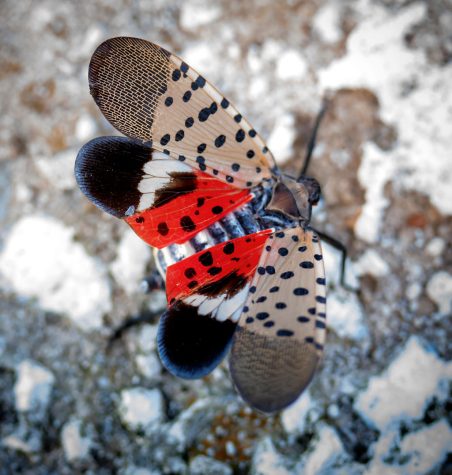
—They are a sap-feeding insect, and native to Eastern Asia
—Quarantine is in place for Allegany, Anne Arundel, Baltimore, Calvert, Caroline, Carroll, Cecil, Frederick, Harford, Howard, Kent, Montgomery, Prince George’s, Queen Anne’s, Talbot, Washington, Wicomico Counties
—The quarantine basically means any businesses moving throughout these areas need a permit
—Doesn’t bite or sting
—Feeds on fruits like grapes and apple, other plants too
—A threat to crops
—Call the United States Agriculture Service if you spot it
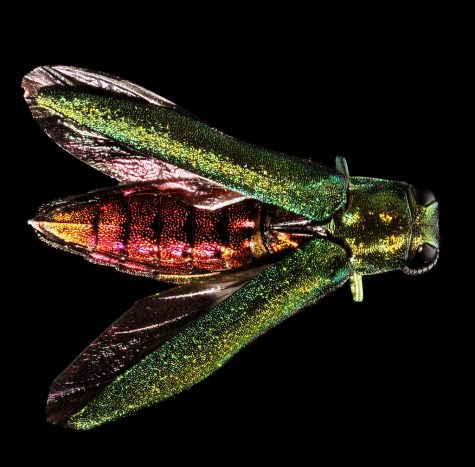
—Large threat to Maryland’s ash trees
—High infestation on the eastern shore
—Native to Asia and feeds on Ash trees
—They lay eggs within the trees and you will find D-shaped exit holes from adults
—Adults fly generally in spring time
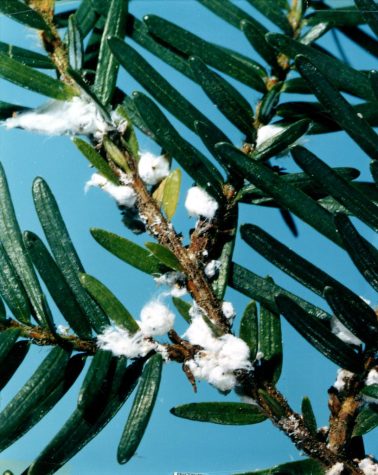
—Native to Asia, aphid like insect
—Very small but can be identified by white woolly masses on the underside of of branches/bases of needles
—Destroy eastern hemlock trees
—Suck sap from branches and sometimes inject a toxin into the tree while feeding
—If the tree can be sprayed it can be treated with a special oil

—Very serious pest that came from wood in China
—Adults are only about 1 ½ inches long and are black with white spots. They also have antennas
—They attack up to 29 types of hardwood trees but prefer maples
—Round holes can be a sign of infestation
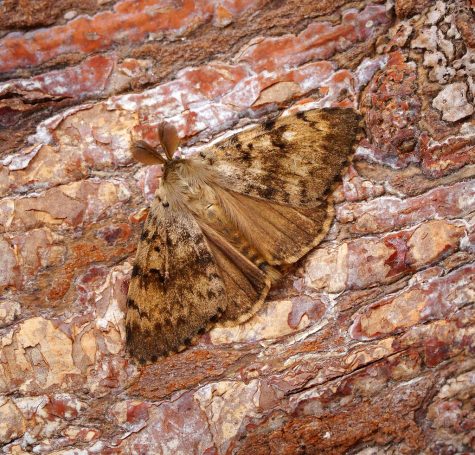
—Native to Europe, adults have wings with variable patterns of black spots and bands
—Males have brown wings and fluffy antennae and females are cream-colored and have thin antennae
—The moths prefer oak trees, apple trees, willow trees, birch trees, and etc
—They cause defoliation and caterpillars hatch in groups of 1000s and feed on leaves
—Few natural enemies since they are foreign

—Native to Europe, Asia, and Northern Africa
—The male is black while the female is blue with orange legs
—Considered one of the top 10 threats to forests
—Attacks mainly pine trees and comes from wood shipping
Japanese Cedar Longhorned Beetle
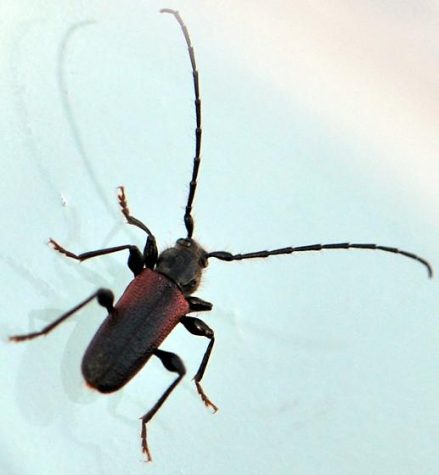
—Females are reddish-brown and males are black with semi red shoulders
—They infest sugi, false cypress, leyland cypress, and eastern red cedar
—Damage can be seen in dead branches, resembling winter dieback
—Look for oval exit holes and if peeled back the bark tunnels
—Prune out and destroy infested material
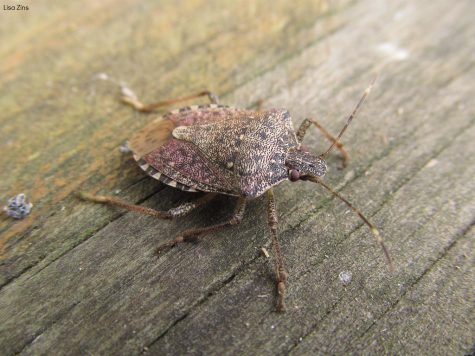
—14-17mm and dark brown color
—Eggs are light green and barrel shaped
—Infests many trees like fruit, shade, and woody ornamentals
—Mainly a pest to agriculture but can be seen in homes
—Do not bite but release a bad odor when killed hence the name
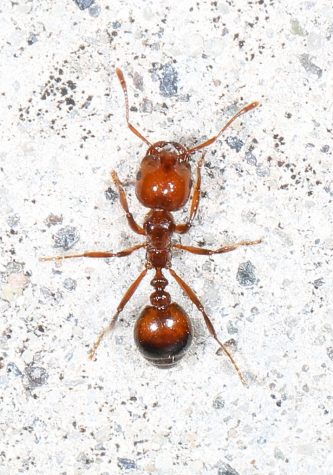
—Stinging insect native to South America
—Reddish brown color, and about ⅛-¼ inches
—Known for aggressive behavior
—They build dirt mounds that can house up to 1000 ants, and can be as tall as 18 inches
—You can find these in laws, gardens, sometimes inside buildings
—They are omnivores so they will eat a variety, like nectar or honeydew produced by insects
—They can damage agriculture like plants and fruits, and are aggressive towards homeowners whose garden or lawn they are on
—You can use different insecticides to get rid of these bugs
Your donation will support the student journalists of Brunswick High School. Your contribution will allow us to purchase equipment. Our goal is to purchase some updated and much needed cameras for the program.



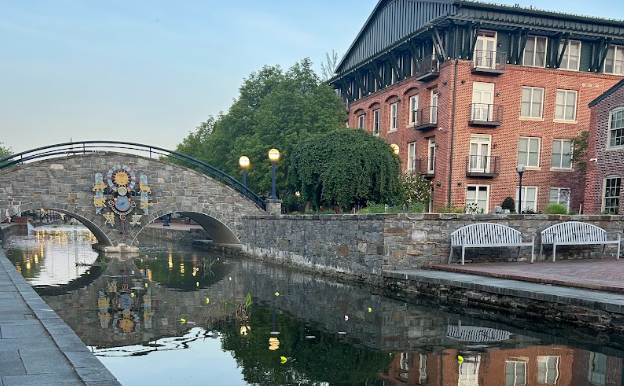

















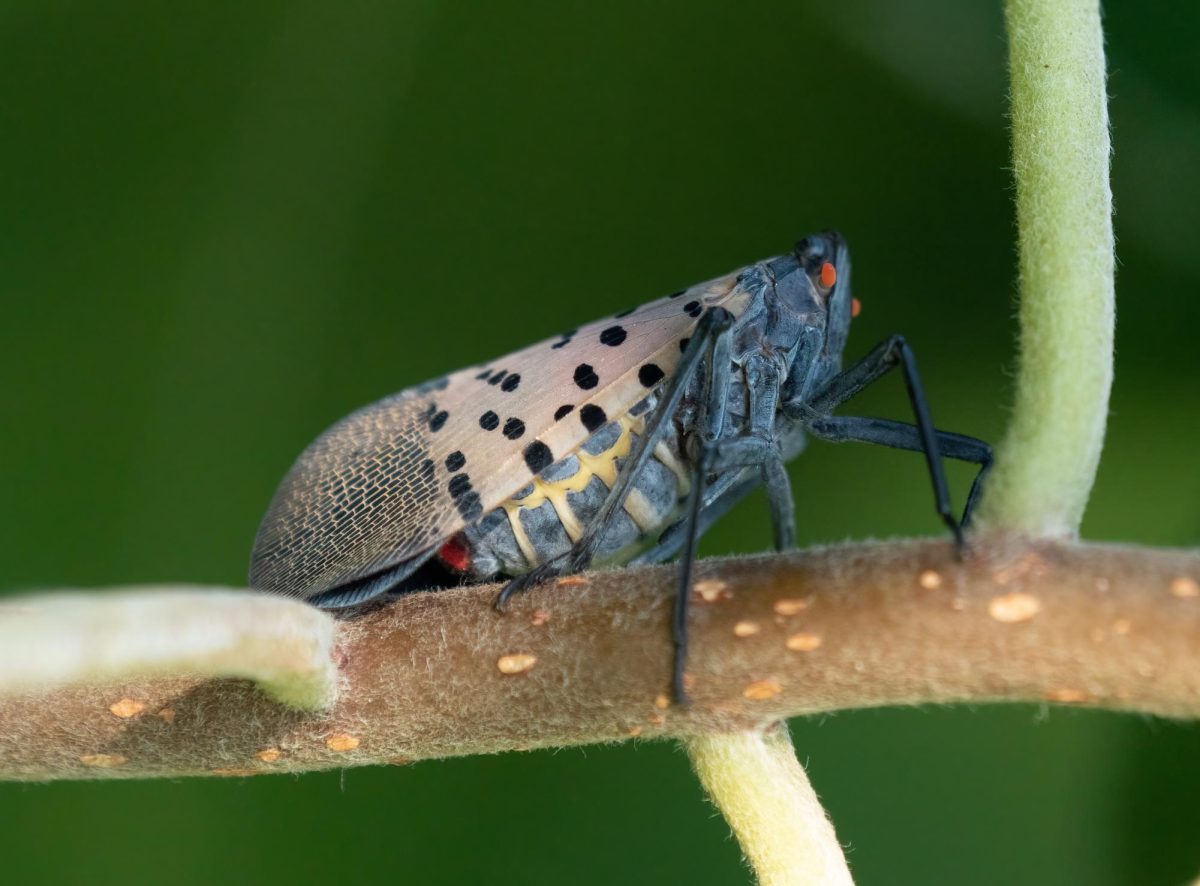
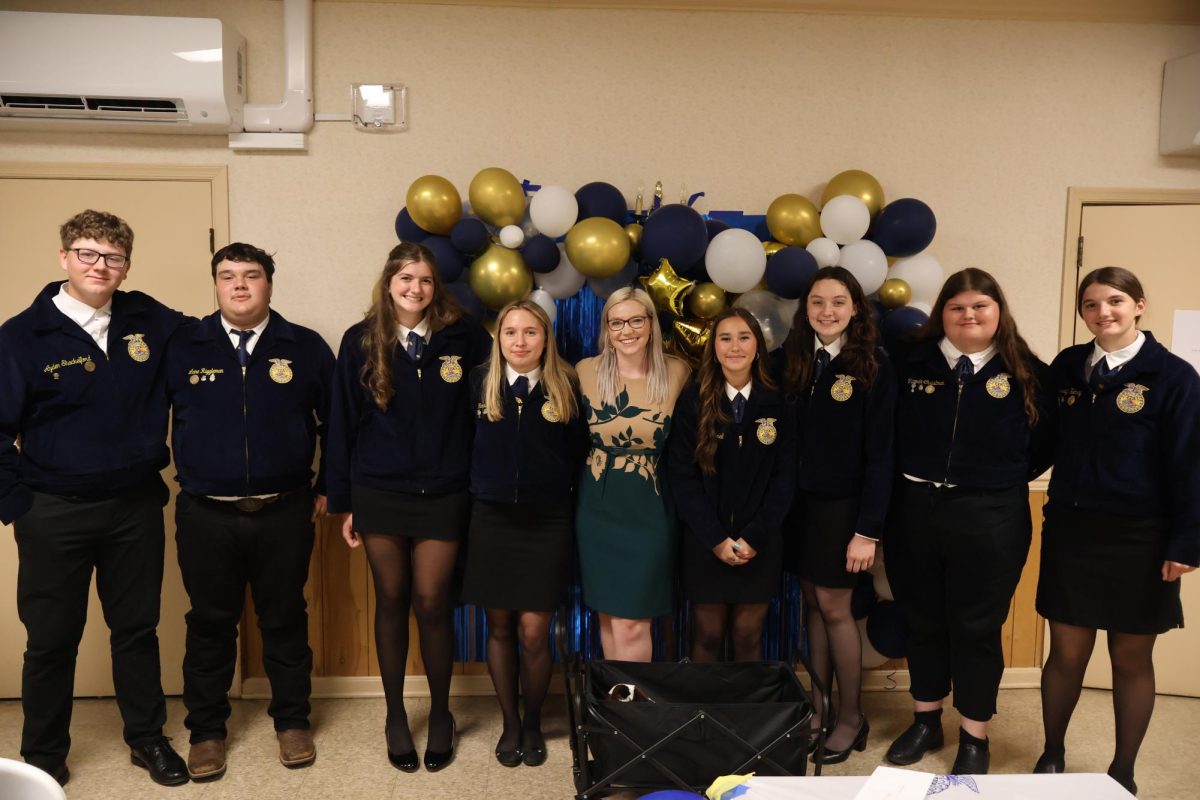













M.J. King • May 19, 2023 at 8:15 am
bugs icky, >-<
M.J. King • May 18, 2023 at 8:35 am
I didn’t know there was this much to invasive bugs, it’s on sight next time I see a stinkbug.
Baylin Hoffman • May 18, 2023 at 7:26 am
Really informative! I’ll keep an eye on these when I’m in my yard. Stink bugs are the worst.